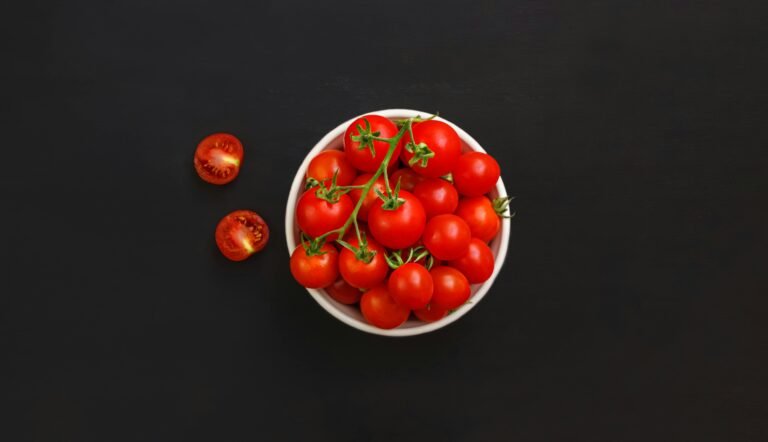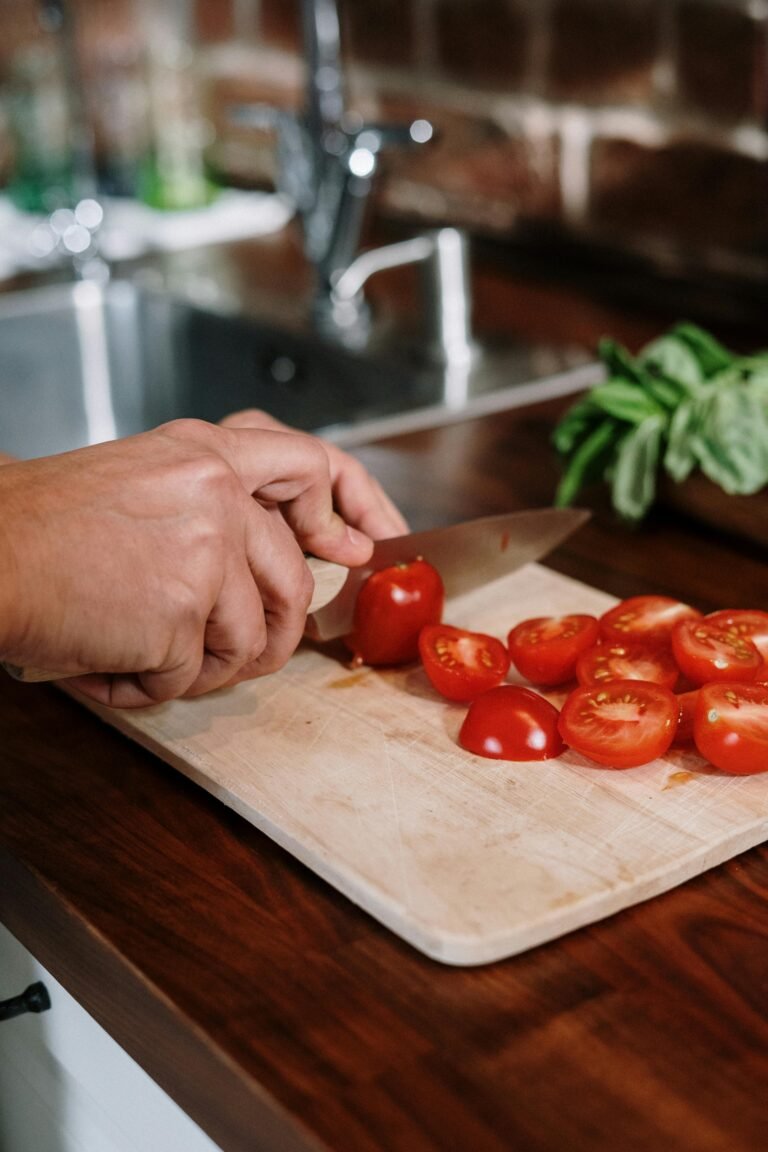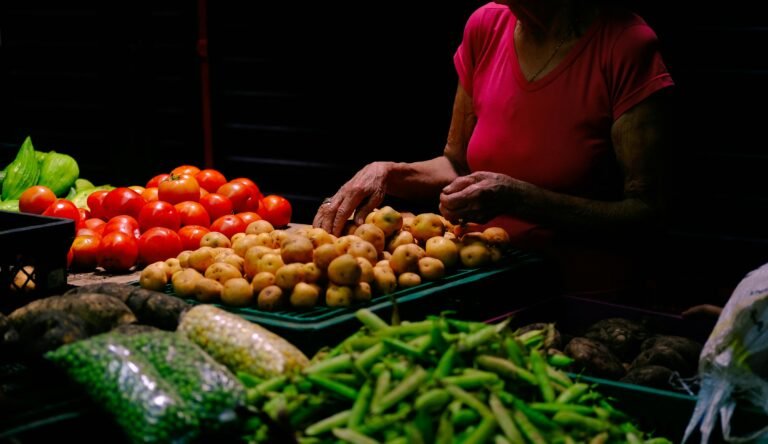How our diet has changed (badly)
 It is now a fact: despite all the information circulating today in the mass media on diets, and the people who go on a diet several times, to the point of making “being on a diet” a reason for living, we are a people world increasingly fat and sick . Our ancestors were lean, leaner and healthier than us with absolutely no knowledge of fitness and diet. So, the Business Insider publishes this survey in which he makes the differences between the diet of the early twentieth century / late nineteenth / eighteenth century (in some cases, it was enough just to go back thirty or forty years to notice huge differences), and discover a disconcerting reality.
It is now a fact: despite all the information circulating today in the mass media on diets, and the people who go on a diet several times, to the point of making “being on a diet” a reason for living, we are a people world increasingly fat and sick . Our ancestors were lean, leaner and healthier than us with absolutely no knowledge of fitness and diet. So, the Business Insider publishes this survey in which he makes the differences between the diet of the early twentieth century / late nineteenth / eighteenth century (in some cases, it was enough just to go back thirty or forty years to notice huge differences), and discover a disconcerting reality.
Here’s what has changed in our food choices.
– SUGAR:Since 1700, the consumption of sugar has gone from a few kilos per capita to about seventy kilos of annual consumption, increasing our diet by 500 calories per day, and doubling our obesity.
– CARBONATED BEVERAGES AND FRUIT JUICES: Alas, from the seventies onwards, the consumption of sugary carbonated drinks and fruit juices (sweetened and full of preservatives) has also increased significantly. And if you plan to save yourself because you drink zero Coca-cola, other research throws you into a war zone: metabolic syndromes, diabetes and overweight are also caused by zero-calorie drinks
– FROM BUTTER TO PALM OIL:Butter and lard, fats considered part of the traditional Western diet in the early 1900s (apart, of course, those rural areas where there were olive trees), have been replaced by other forms of fat, of a vegetable nature, yes, but equally and according to some more harmful. Rapeseed oil (canola oil is already a more refined form, in every sense), palm oil and so on. In addition to the quality of the fats, which must not be fooled (palm oil does more damage than a knob of butter), it is the consumption of foods with “added fats” that should cause concern. In one century it has risen by 40 pounds per capita per year. In particular, butter has been massively replaced by margarine, which is a product that contains the worst of vegetable oils: replacing a food with a chemical has always been a sign of well-being, right
– FLOURS AND WHEAT:We already knew that double zero flour is nothing in nutritional terms and slows down the metabolism, but also the quality of the wheat has worsened thanks to intensive production, which has made it much less nutritious, obviously, compared to the now disappeared ones. ancient grains, which compared to other grains. Current wheat flour is low in minerals and vitamins, and to find a decent wholemeal variant in industrial baked goods is to ask for the four-leaf clover in the clover field.
– THE CONSUMPTION OF EGGS:egg consumption dropped dramatically. Sure, because of the cholesterol. Therefore, eggs contain cholesterol and are bad for you, snacks, canned soups and any stupid thing that says “light” instead makes you lose weight. And so we missed the advantages, also in terms of weight control, that this precious and noble food gave us. Compared to the 1950s, we consume thirty percent less.
– MANUFACTURED FOODS, FAST FOOD: since the late nineteenth century, needless to say, the people who eat out and choose fast food have increased, but also all those who opt for ready meals at the supermarket. Raw materials and km.0 are just slogans.
To find out more (and if you read well in English), I refer you to the full article here. But already in this way we can get a clear picture of the situation : obviously the fault will obviously be the increasingly industrialized food life, for heaven’s sake, but it is above all ours. It is useless to bother with subliminal advertising, tempting packaging and so on: in the end, we are the consumers.





























+ There are no comments
Add yours